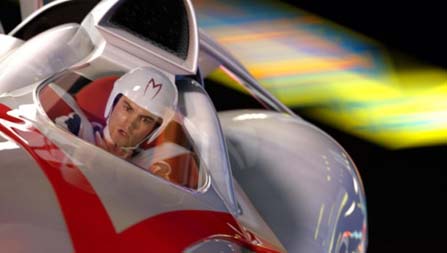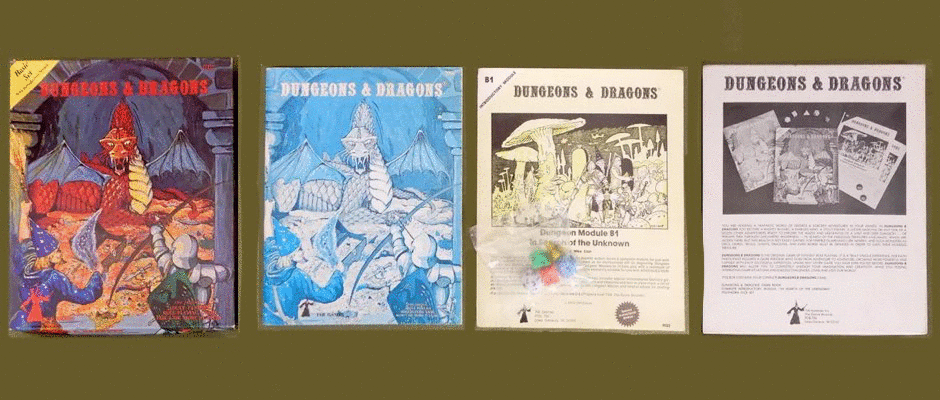 Building a movie around an old Japanese cartoon sounds like a stupid idea. The Wachowski siblings writing/directing the film doesn’t help, their credibility went down the tubes with the last two Matrix installments. Then came the litany of cliches from everyone else at work, the Internet and my comic book store: Hollywood is creatively bankrupt, someone’s childhood got raped, etc. My doubts were converted to curiosity when I finally saw the trailer several months ago. This is only a guess, but I think the Wachowskis knew the source material was rather thin so they decided to go the Lucas route, make it visually impressive and hope for the best.
Building a movie around an old Japanese cartoon sounds like a stupid idea. The Wachowski siblings writing/directing the film doesn’t help, their credibility went down the tubes with the last two Matrix installments. Then came the litany of cliches from everyone else at work, the Internet and my comic book store: Hollywood is creatively bankrupt, someone’s childhood got raped, etc. My doubts were converted to curiosity when I finally saw the trailer several months ago. This is only a guess, but I think the Wachowskis knew the source material was rather thin so they decided to go the Lucas route, make it visually impressive and hope for the best.
Speed is a promising young race car driver. After his recent victory from the opening scenes, Mr. Royalton tries to recruit Speed to join the Royalton racing team. Intimidated by the enormity of this man’s corporation and operations, Speed declines because his parents’ smaller company is a better fit. Royalton doesn’t accept the rejection well. He gives Speed one last chance to reconsider by revealing how the World Racing League (WRL) rigs the outcomes to distract the world from underhanded corporate mergers, takeovers and outrageous profits. Then Royalton closes with a guarantee that Speed will not finish his next scheduled race in Fiji.
Meanwhile, Racer X and Inspector Detector of the CIB are closing in Royalton’s ties to organized crime boss Cruncher Block. Another driver named Togokhan is willing to provide evidence on the Royalton-Block connection if Racer X assists him at winning the extremely dangerous Casa Cristo race. (This is what NASCAR probably aspires to: drivers being allowed to blatantly cheat by using gadgets to eliminate each other.) Many participants have been killed in this competition, including Speed’s older brother Rex. Since the race requires a three-car team, Racer X and Inspector Detector ask Speed to be the third member of Togokhan’s team, gambling on Speed’s recent encounter with Royalton as motivation.
What follows could be spoiling the movie but the Wachowskis nailed the cartoon’s key elements: ninjas, secret agents, gadgets such as jump jacks and machine guns, gangsters and tracks that only work if Newton’s three Laws of Motion were suspended. I loved their use of color. Everything is bright, loud and distinctive yet it didn’t give me a headache. The Wachowskis also experiment with unconventional transitions during the races but these keep the action fluid. Traditional techniques would’ve been clunky, stiff and jarring. They found a clever way to convey the accelerated pace of these competitions to the audience and between the drivers.
Worth Seeing?: Yes. Seeing it in a theater with the wider, scope-based screen would be better because TV will lose the enormity of the action. I feel this is a DVD-worthy title since children, namely boys, will want to watch it numerous times for the two major race sequences. It’s a shallow movie like Transformers but the Wachowskis did a better job preserving my ideal, flawed memories/expectations of the cartoon.
